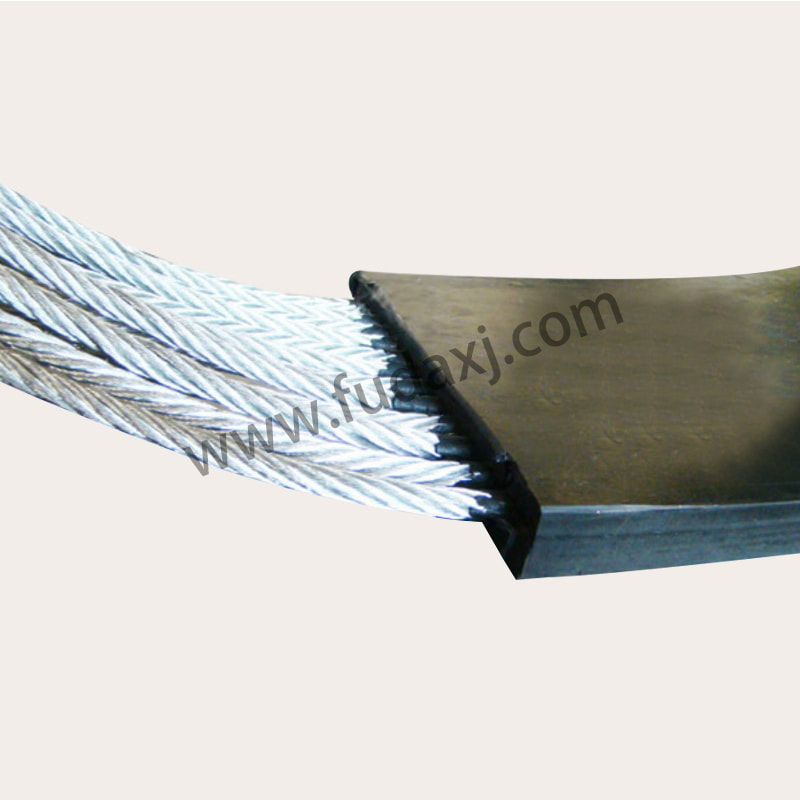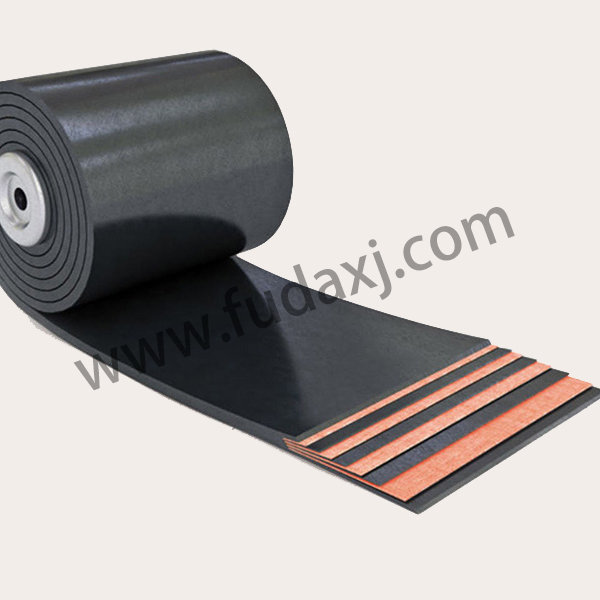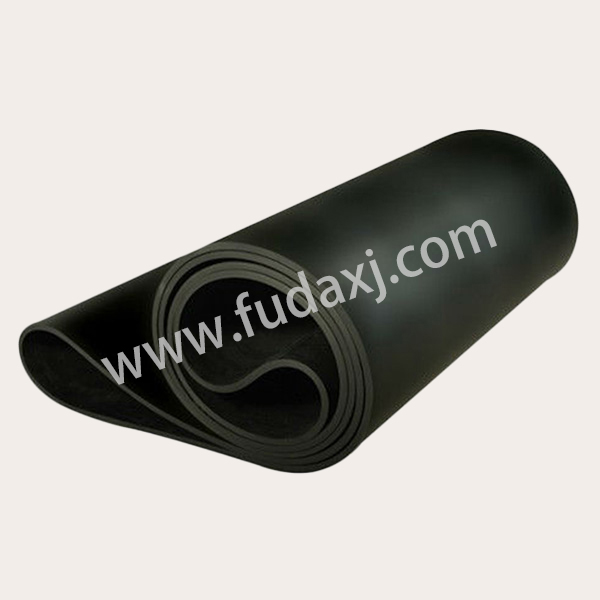
Steel cord conveyor belt used in high-temperature environments require regular maintenance to ensure their optimal performance and longevity. Here are some typical maintenance requirements for such belts:
Visual inspection: Conduct regular visual inspections of the conveyor belt to identify any signs of wear, damage, or misalignment. Look for issues like broken cords, damaged rubber cover, belt sagging, or mistracking.
Belt cleaning: Remove any accumulated material or debris from the belt surface. Excessive material buildup can lead to increased friction and heat generation, potentially damaging the belt.
Tension adjustment: Monitor the belt tension and adjust it as needed to maintain the proper tension. Adequate tension ensures optimal belt performance and prevents slippage.
Tracking adjustment: Check the belt tracking regularly and make adjustments to ensure it runs in the center of the conveyor system. Misalignment can cause uneven wear and damage to the belt edges.

Lubrication: If the conveyor system incorporates pulleys or other rotating components, ensure proper lubrication according to the manufacturer's guidelines. This helps reduce friction and wear.
Temperature monitoring: Install temperature monitoring devices along the conveyor system to detect any excessive heat that can potentially damage the belt. Regularly check these monitoring devices and respond promptly to any abnormal temperature readings.
Repair or replace damaged sections: If any damage or wear is identified during inspections, promptly repair or replace the affected sections of the belt. This can include replacing damaged cords or repairing the rubber cover.
Scheduled maintenance: Follow a regular maintenance schedule that includes inspections, cleaning, and adjustment tasks. The frequency of maintenance activities may vary depending on the operating conditions and manufacturer recommendations.
Training and safety: Ensure that maintenance personnel are properly trained in the maintenance procedures specific to steel cord conveyor belts. Emphasize safety protocols and use appropriate personal protective equipment (PPE) when working with the conveyor system.
 English
English 简体中文
简体中文 Español
Español عرب
عرب
 English
English





 Fax: 0086-576-83019528
Fax: 0086-576-83019528